Subscribe to US-SCAR News
Subscribe to our email list to receive the latest news and announcements from US-SCAR. If you have news that you would like to share with the US-SCAR list, send it directly to info@usscar.org.
United States
Scientific Committee on Antarctic Research
The US Antarctic Interview Series is structured so that there are two interviews in each installment, one interview is with an established US Antarctic scientist and the second interview with an early career collaborator. The interviews are conducted by early career researchers working with US-SCAR. As the US Antarctic Interview Series expands, we hope to provide a good cross-section of the people and the science that make up the US Antarctic Program.
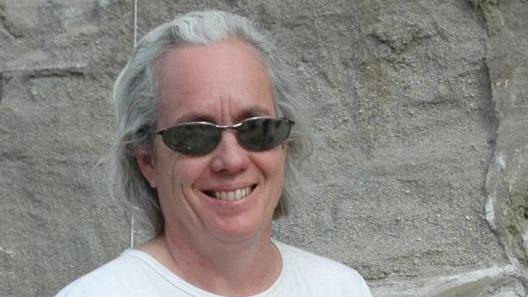
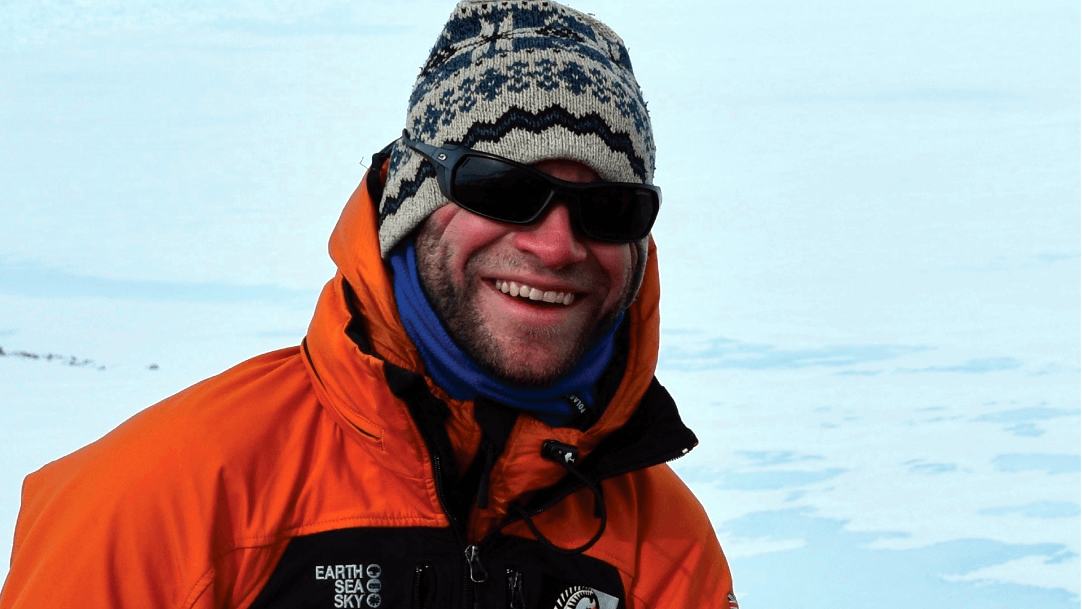
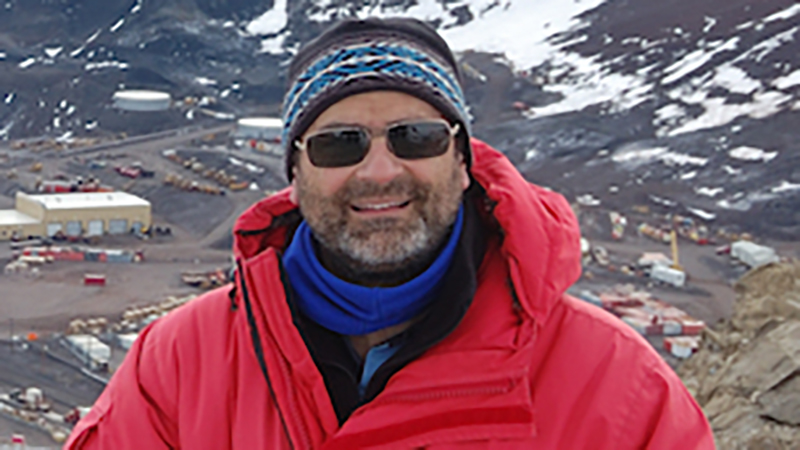
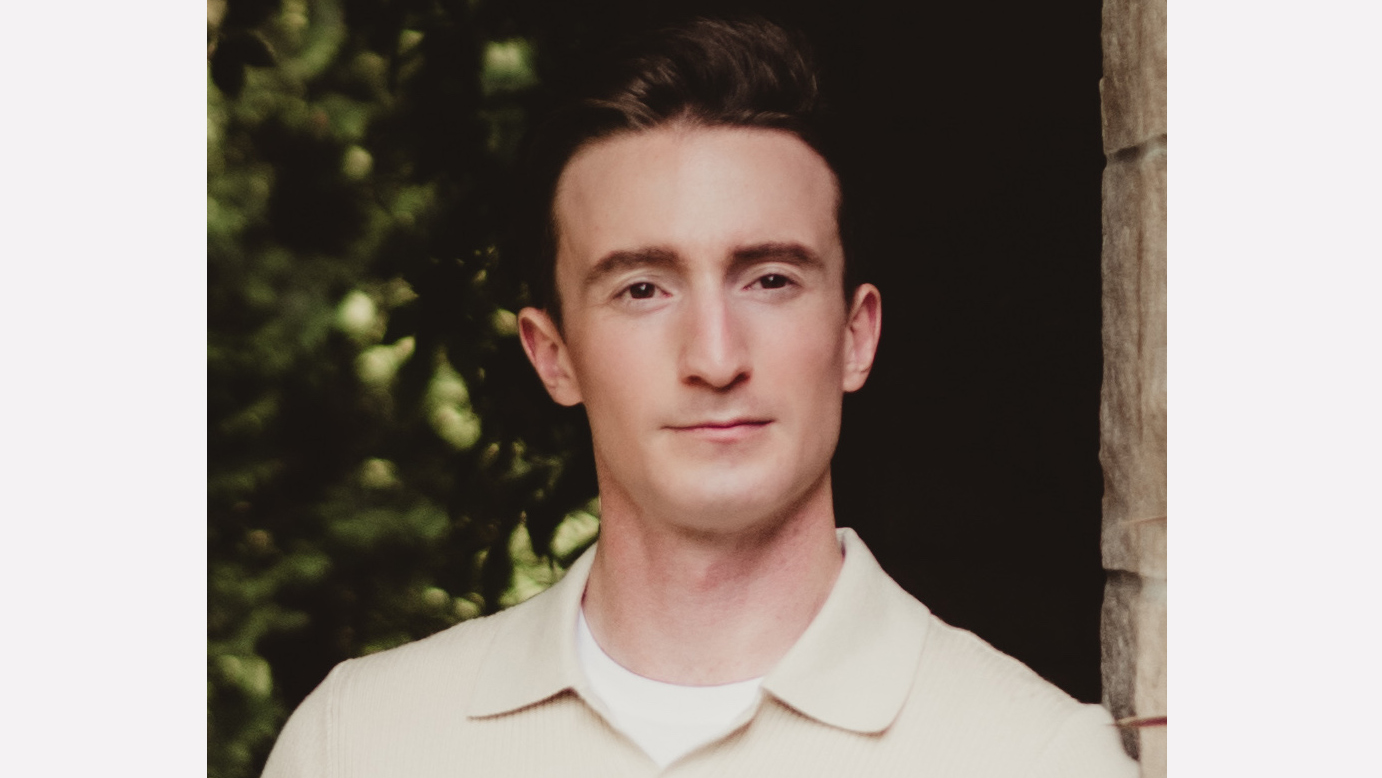
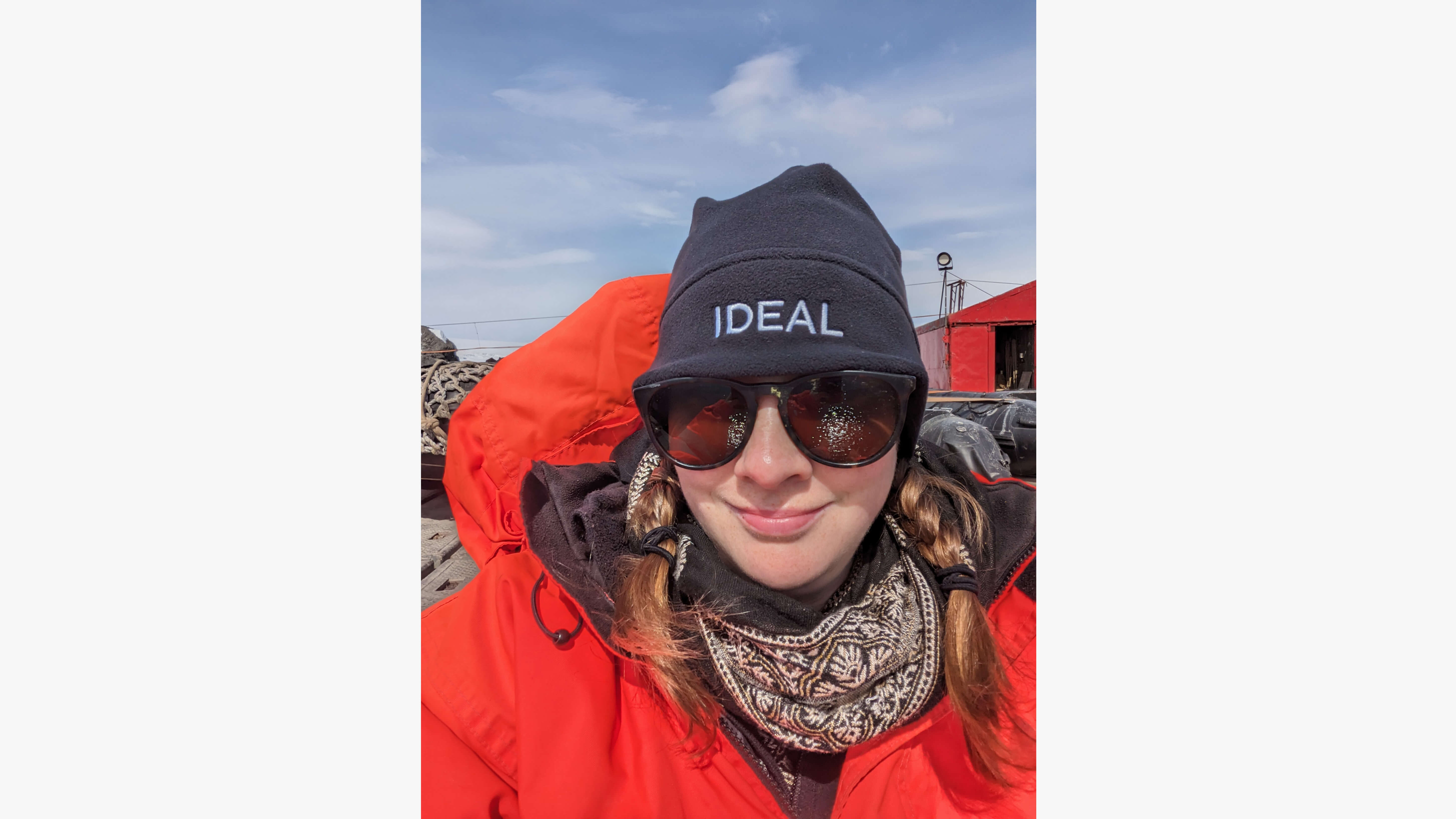
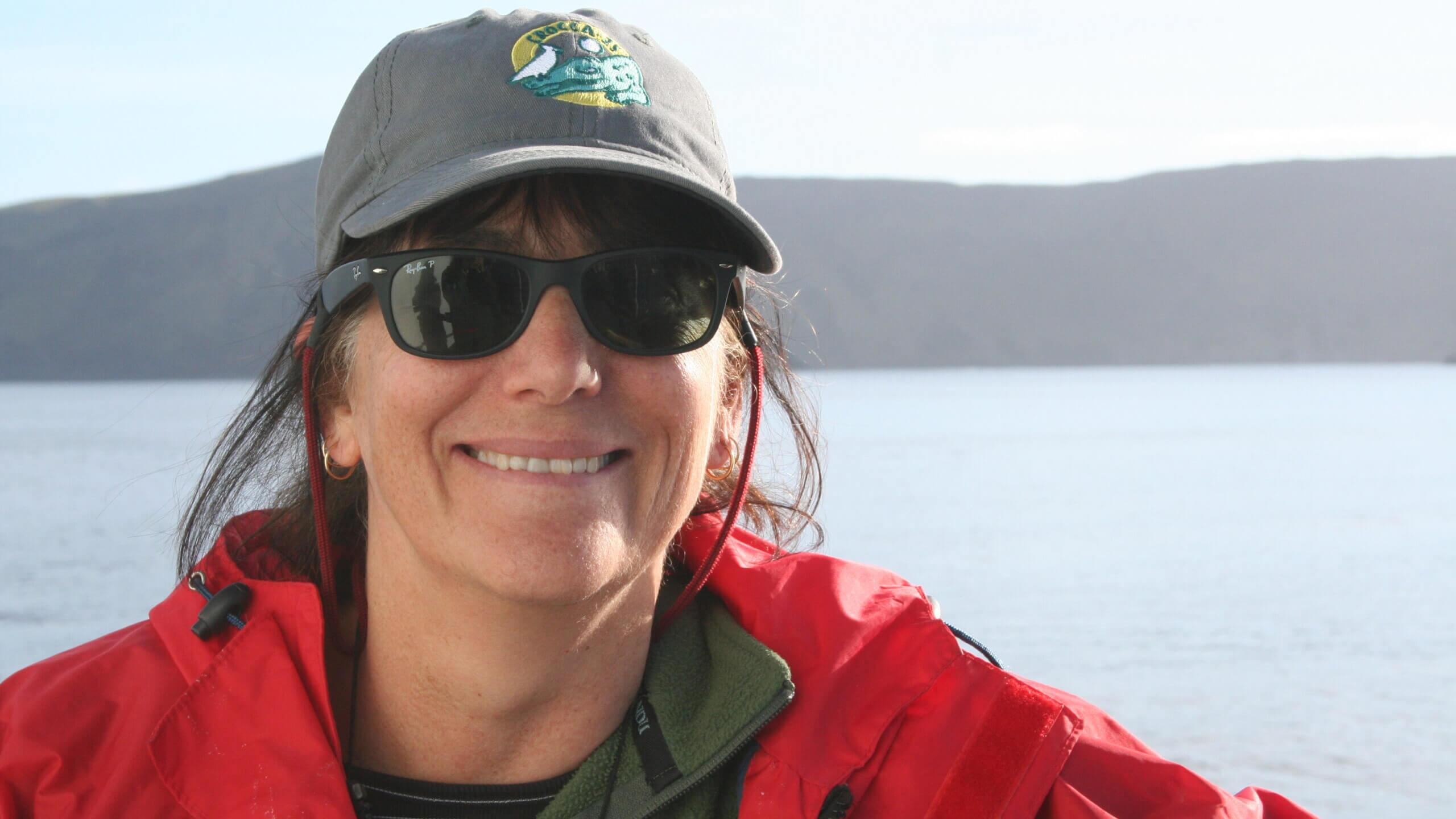
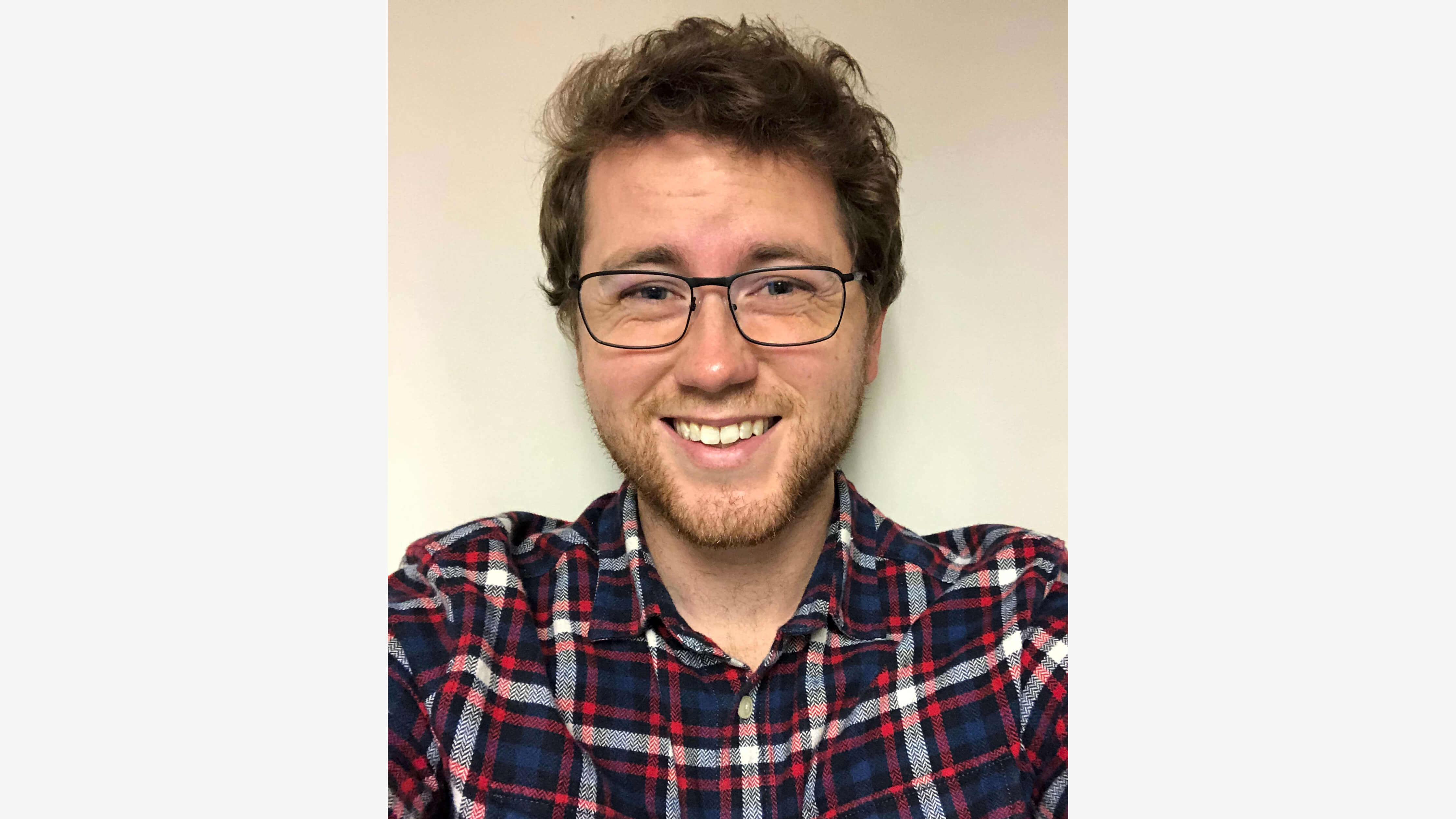
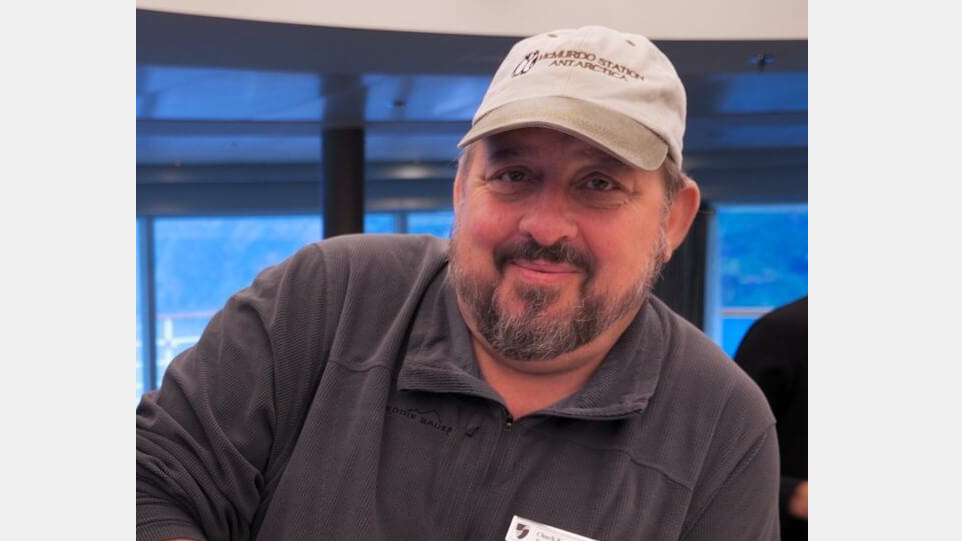
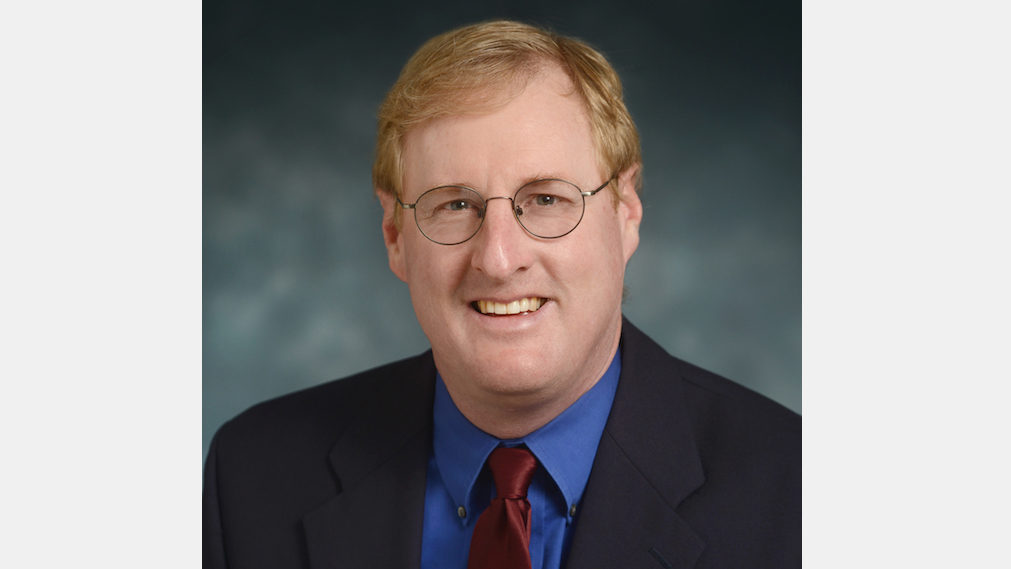
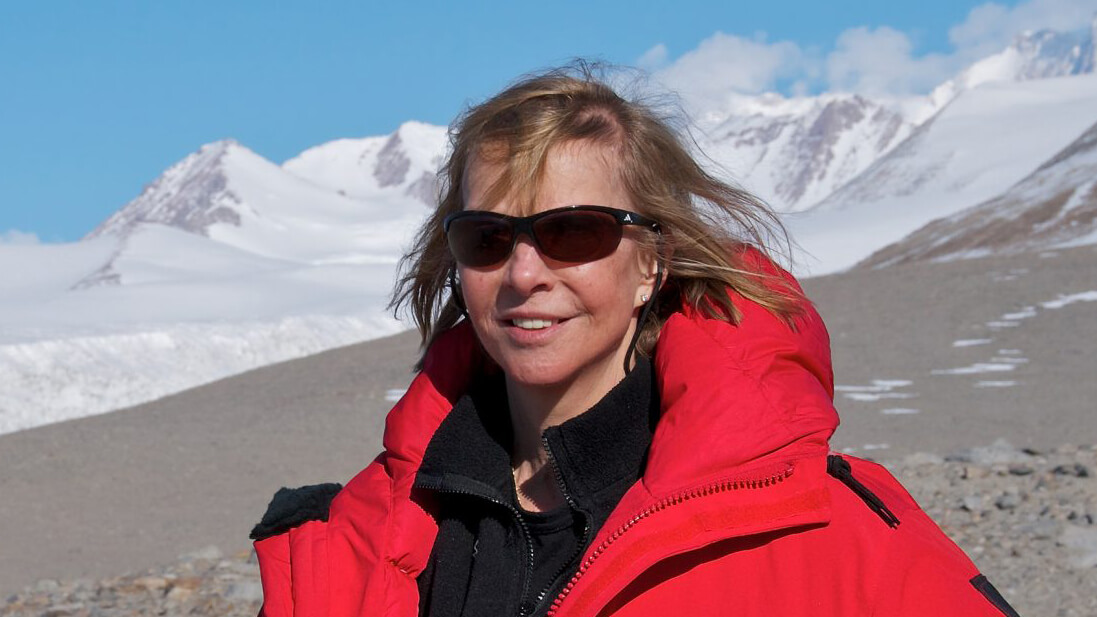
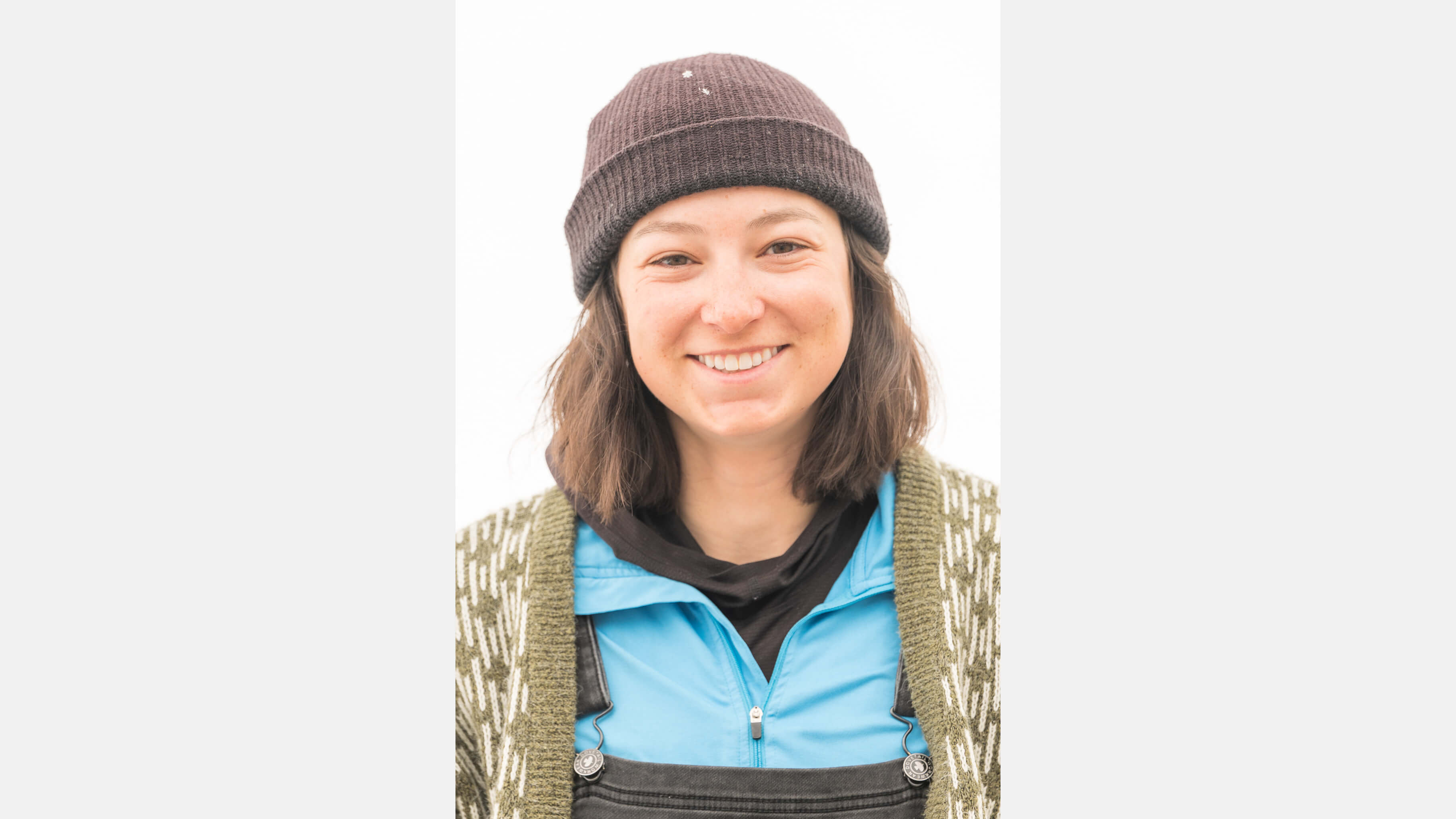
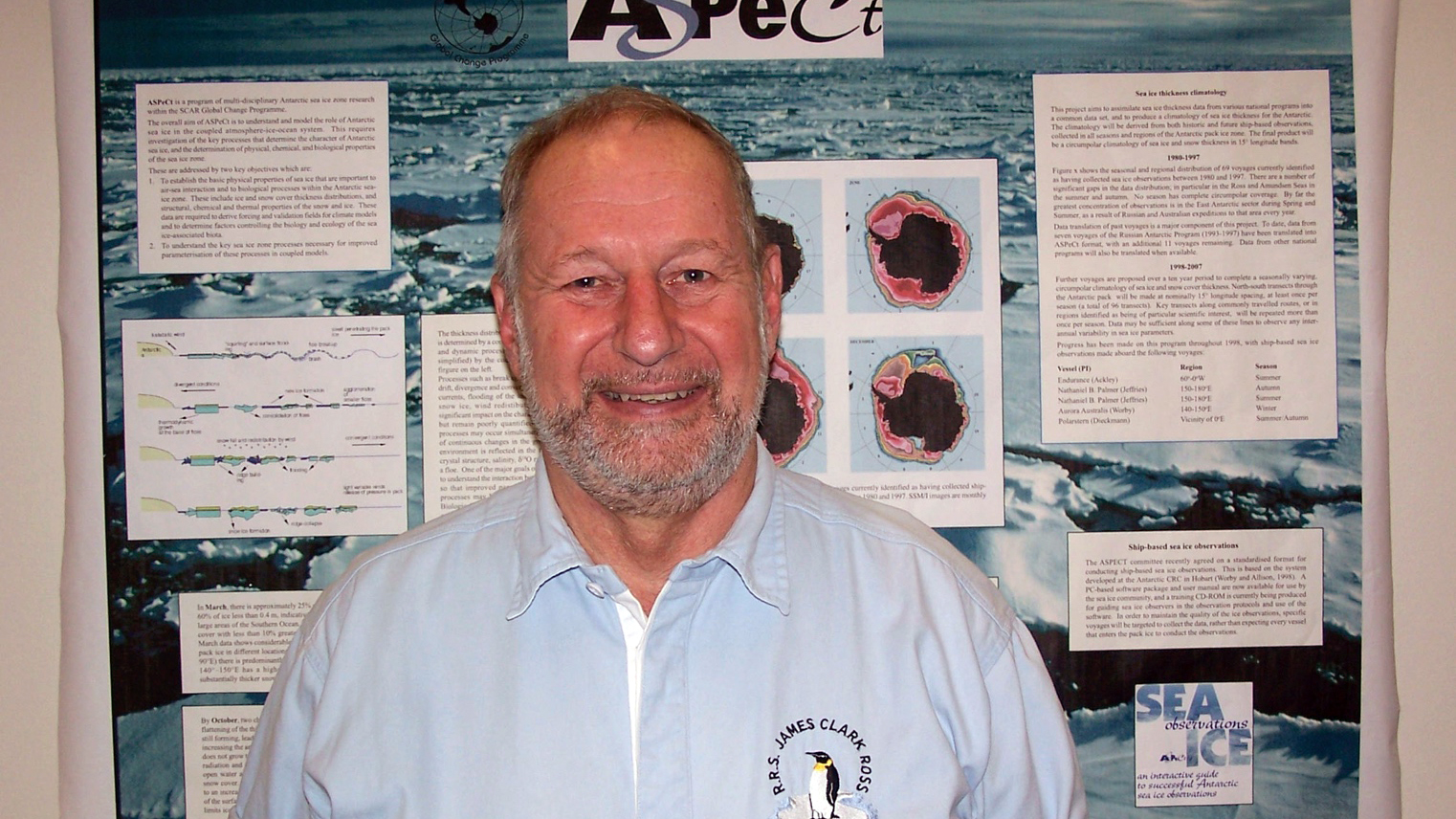
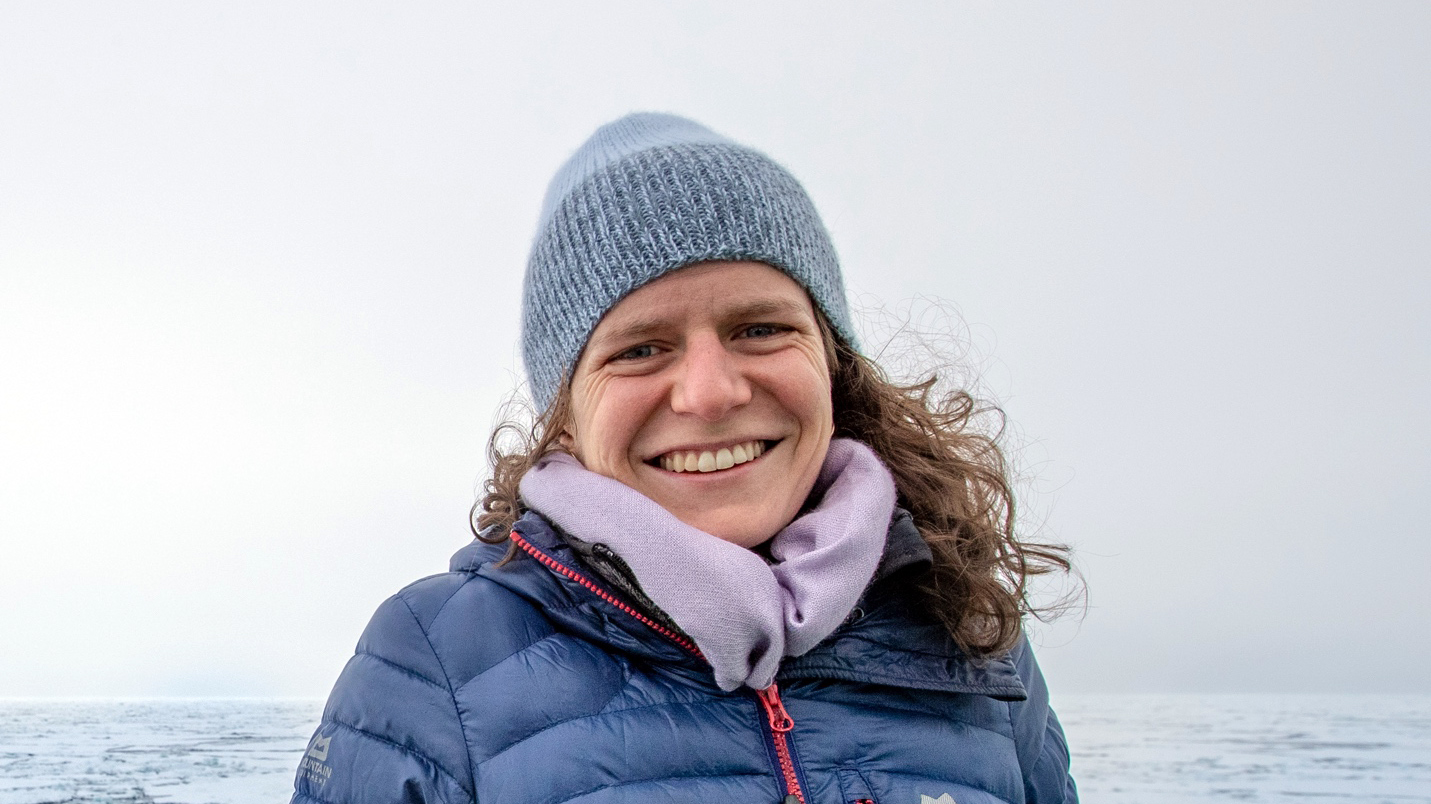
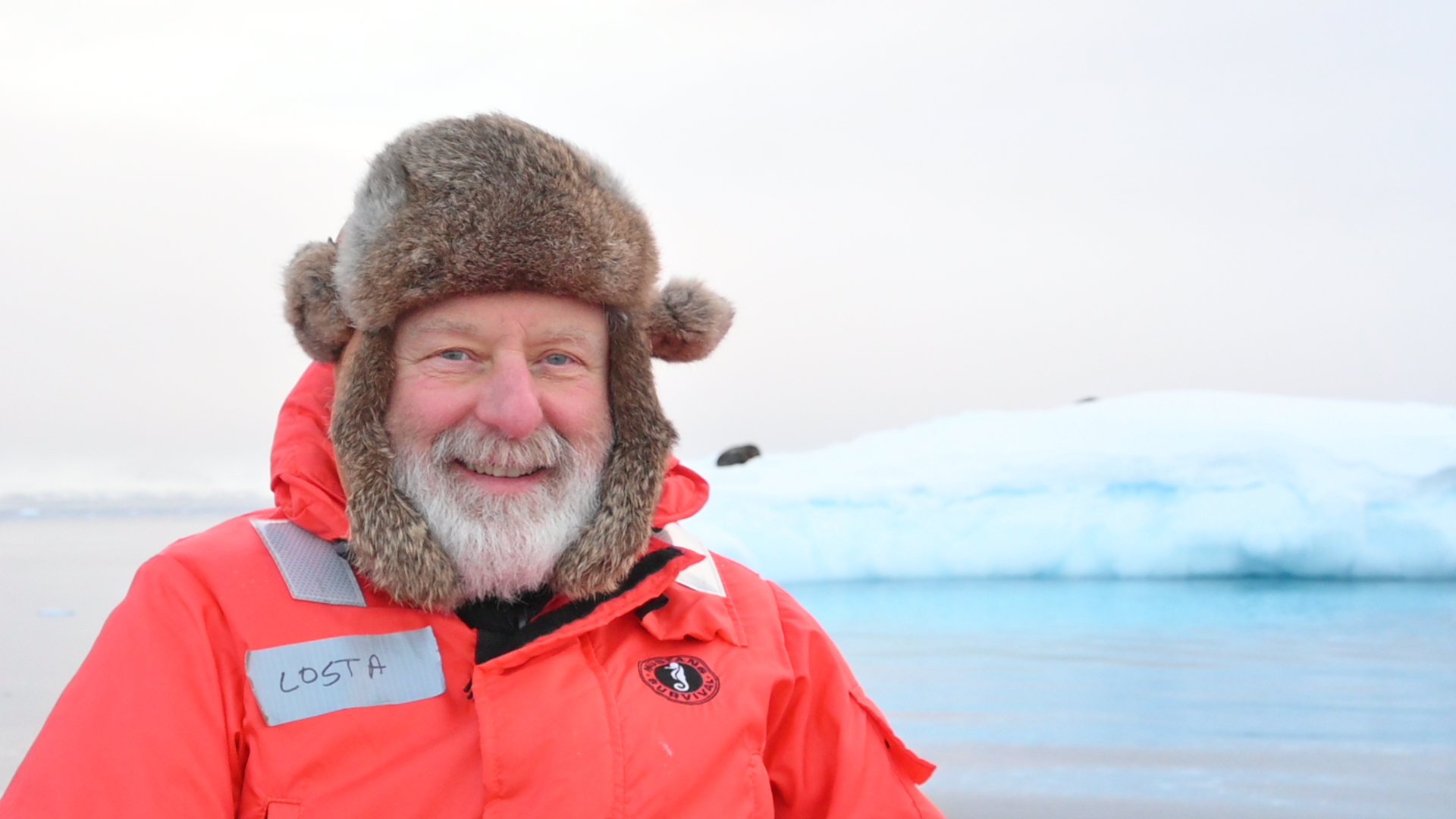
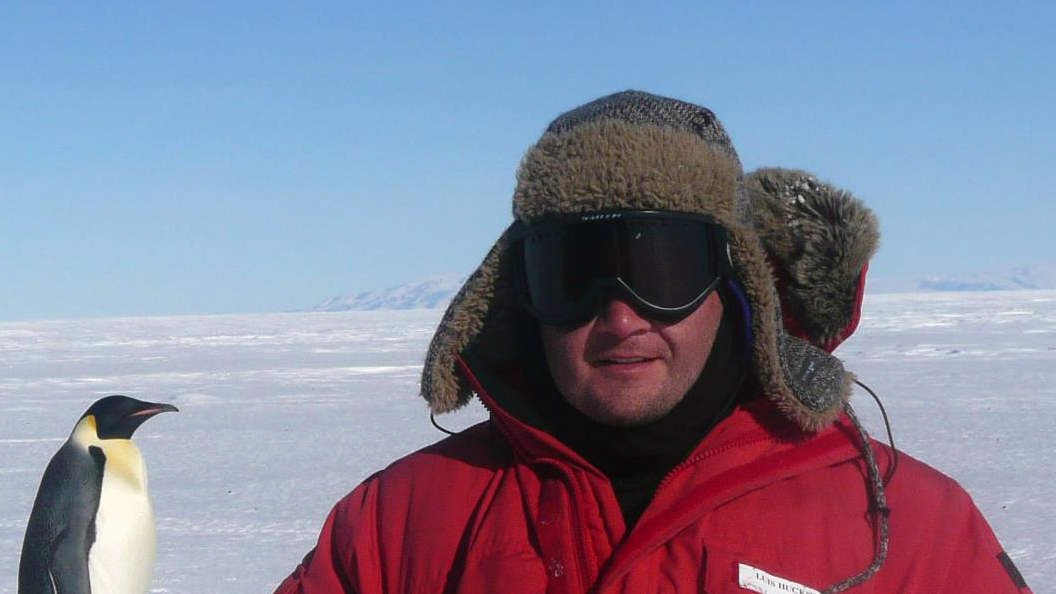
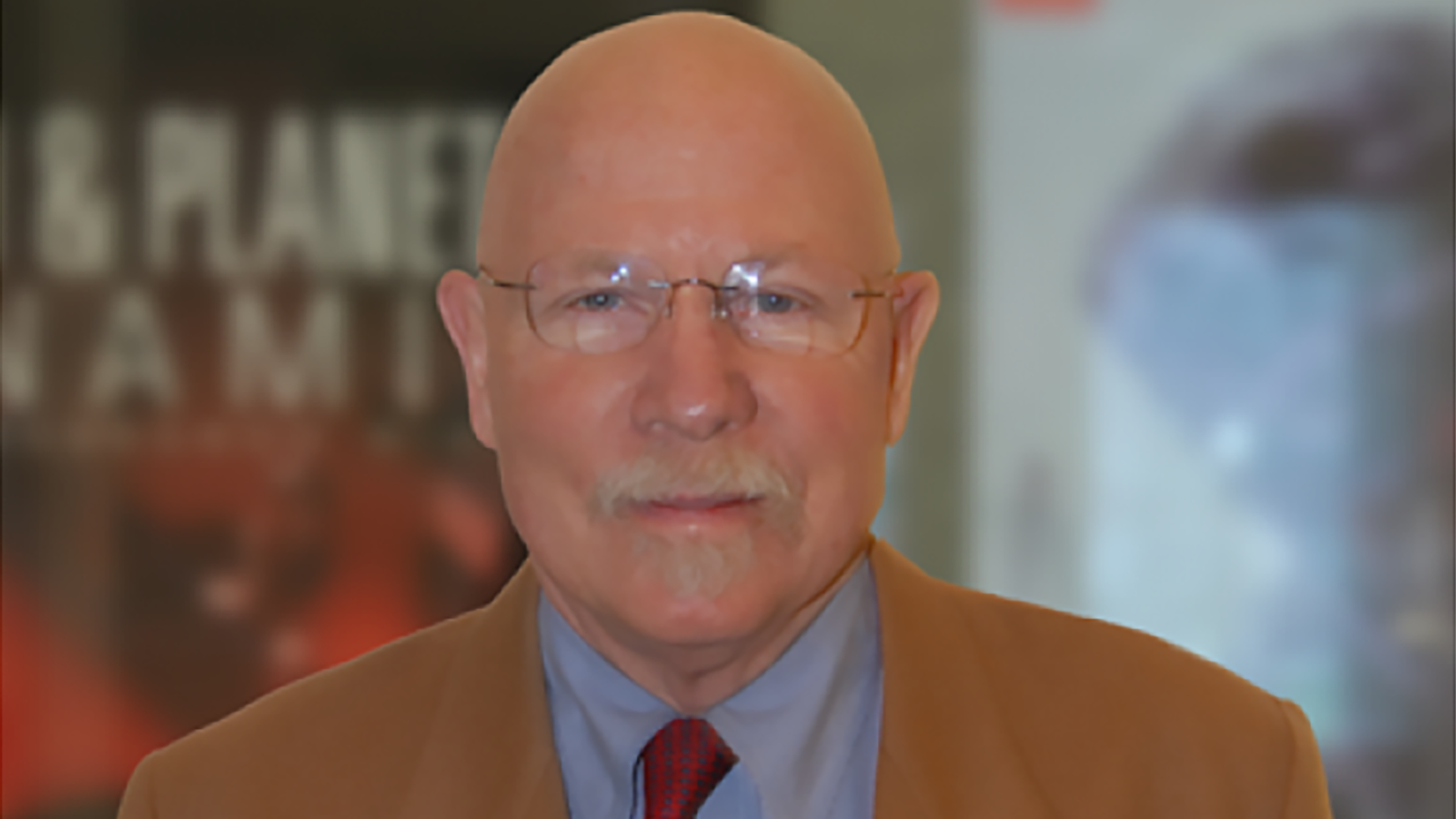
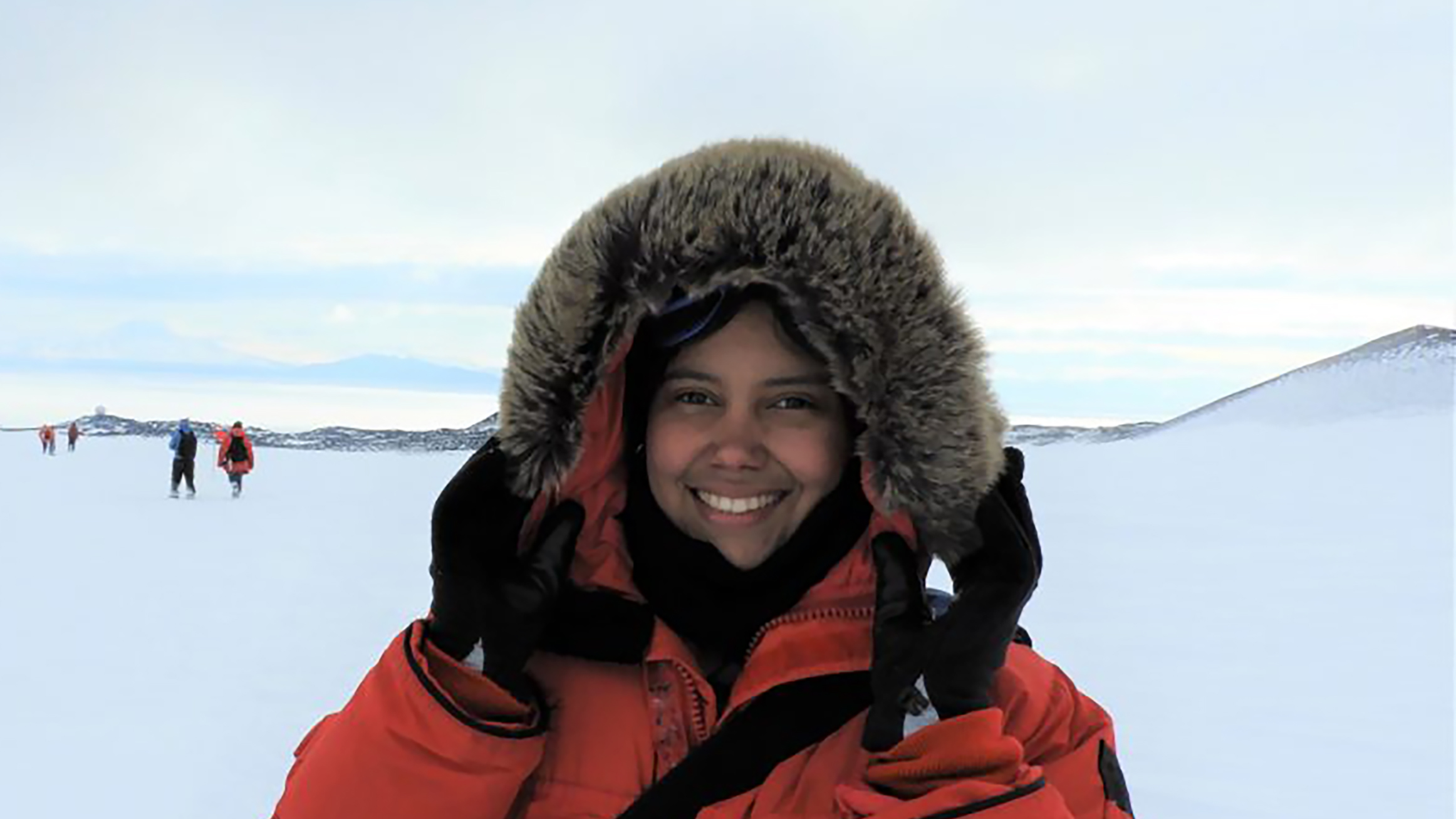
Subscribe to our email list to receive the latest news and announcements from US-SCAR. If you have news that you would like to share with the US-SCAR list, send it directly to info@usscar.org.